Recognize cataracts
Cataract is caused by the transparent lens used to focus in the eye becomes cloudy due to old age or disease, and the lens functions like a camera lens, helping the eye to focus accurately, so that the image can be focused on the retina to form a clear image. The lens is made of proteins and has the function of regulating light. When the lens becomes cloudy, the transparency decreases, and light cannot pass through, resulting in decreased vision and cataracts.
Cataracts are most common in senile cataracts, which generally occur in people over the age of 50, while diabetics and deep myopia are more likely to develop cataracts earlier.
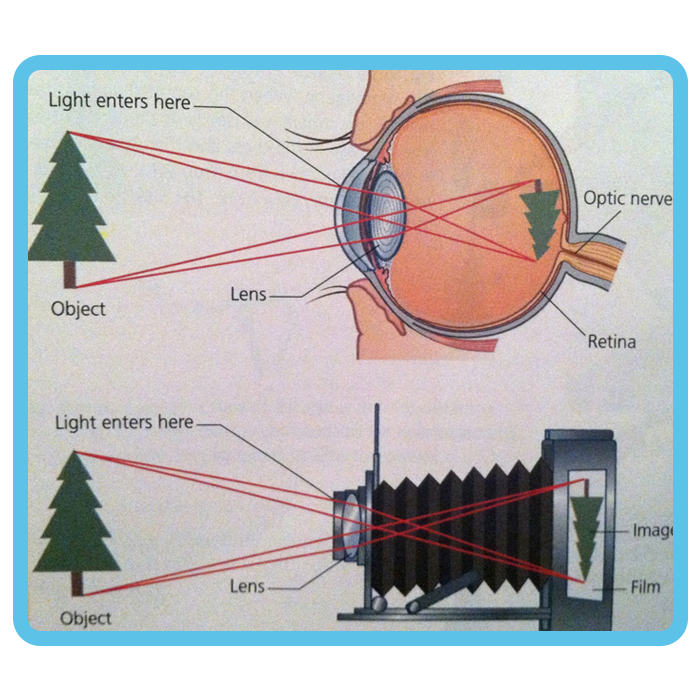
Causes of cataracts
old
Eye trauma
Eye surgery
Congenital.
Other eye diseases
(e.g. iritis, acute glaucoma, deep myopia)
Caused by other diseases
(e.g. diabetes)
Drug side effects
(e.g. steroids)
Symptoms of cataracts





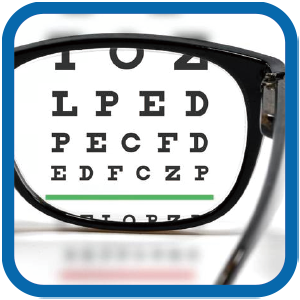
It may improve by two to three hundred degrees in a month
Visual simulation before and after cataract surgery.
(left) Cataract (Right) Normal vision

When should I have cataract surgery? Do cataracts need to wait until they are ripe before surgery?
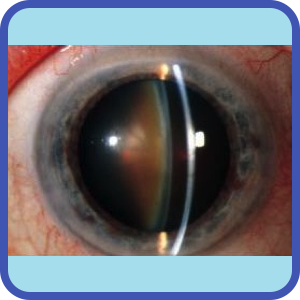
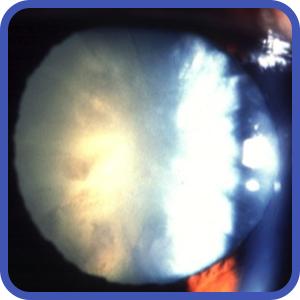
If cataracts become mature, they can bring a series of complications to the patient:
Examples: glaucoma, uveitis
There is no need to wait for cataracts to mature or complications before surgery is carried out.
As vision progresses, vision is insufficient to cope with daily work or life needs
The nurse examined and found a loss of vision.
After a doctor's examination and discussion, the decision is made on when to undergo surgery.

How are cataracts treated?
Surgery is the only way to cure cataracts.
Generally, cataract surgery is performed under local anesthesia, and the doctor uses a microscope in the operating room, using ultrasonic emulsification technology, to remove the originally cloudy lens and implant a suitable intraocular lens. This is a minimally invasive procedure, the surgical incision will be thin, stitches are not necessarily required, so the wound recovery time is relatively fast.
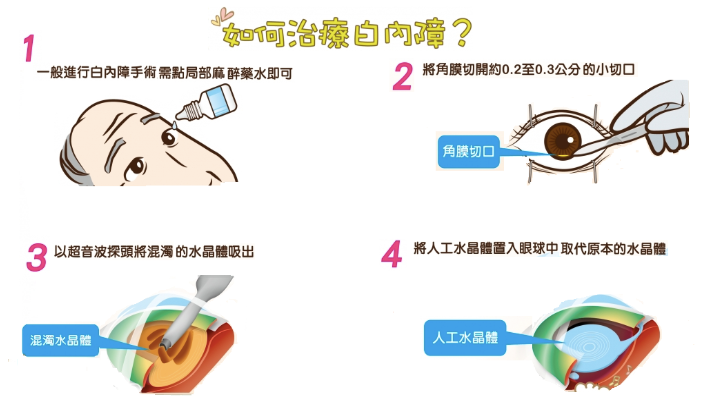

How to choose an intraocular lens?
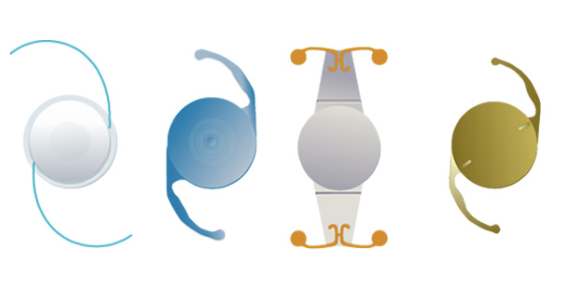
Intraocular lenses | peculiarity |
|---|---|
Unifocal intraocular lens High-order monofocal intraocular lenses |
|
Astigmatism intraocular lens |
|
Wide view intraocular lens Multifocal intraocular lenses |
|
How to prevent cataracts?
There is no information on cataracts that can be effectively treated or prevented with any medications or eye drops.
As long as you avoid the sun's ultraviolet light, because long-term exposure of the eyes to the scorching sun will increase the chance of cataracts, so when going out, you should wear sunglasses that protect against ultraviolet light under the scorching sun.
Common problems with cataracts
HOW DO YOU DECIDE WHICH IOL IS BEST FOR YOU?
You should think about the following questions:
- Do you often use your smartphone, tablet?
- Do you drive often at night?
- Do you have moderate to severe astigmatist light?
- Are it accompanied by eye diseases such as glaucoma, diabetes?
How long does an intraocular lens last?
For more than 100 years, no cases have been detected as a result of artificial crystal aging. So, don't worry about artificial crystal life. However, due to process problems, there are rare changes in artificial crystals that need to be replaced.
What to prepare before cataract surgery?
- Family Companion :
On the day of surgery, an adult should arrive on time to prepare and care for the patient. - Diet:
There is no need to fast on the day of surgery, but it is not advisable to overeat and drink too much water. - Drugs:
Unless instructed by your doctor, please continue to take the original daily medication. - Personal hygiene:
Bathe and wash your hair before surgery. - Trappings:
Please wear clean clothing and avoid wearing a top with a narrow neckline.
What to look out for after surgery?
- For one week after surgery, you can protect your eyes with glasses, sunglasses, or eye shields. Do not rub your eyes with your hands to avoid causing inflammation of the wound. The eyes can be surrounded by sterilized cotton or clean paper towels.
- When dispensing, first pull down the eyelids, drop the potion or ointment, but the eye drops do not touch the eyes.
- Normal activity after routine cataract surgery eliminates the need to stay in bed. However, complex cases such as trauma and combined glaucoma may require limited activity.
- In terms of diet, there is no need to give up your mouth after surgery. But eat less stimulating food. For people with allergies, avoid foods high in protein.
- For one month after surgery, do not swim, do strenuous exercise and avoid lifting heavy objects (about 30 pounds). Be careful when bending your head low to avoid collisions.
- Do not remove the gauze or eye shield on the day of the operation, and the gauze and eye mask will be removed by the clinic nurse the day after the operation. Bathing, washing your hair and washing your face the next day of surgery, but use the shower carefully to avoid sewage. When the gauze and eye mask are removed, wet cotton with frozen water or distilled water daily, gently clean the upper and lower eye curtains to remove secretions.
- Follow the doctor's instructions and visit an eye clinic until he recovers. Carry the eye drops recommended by your doctor after surgery during each visit.
- If you experience pain or pain or a sharp drop in vision, please seek medical attention at the clinic immediately.
Do I need to wear glasses after cataract surgery?
Whether or not to wear a mirror after cataract surgery depends on the type of crystal implanted. Single-focus crystals need to wear a mirror to correct far vision or near vision due to the limitations of optical design. Multi-focus crystals can take into account near and far vision, but patients with eye disease should not choose. Patients with a diffuse reverbee of 150-400 degrees may consider opting for adhesion artificial crystals for more comfortable postoperative vision.
Will the cataract "recur" after opening?
The so-called "recurrent cataract" refers to cataract surgery deliberately retained for the use of artificial crystal body "back sac", after a period of time again thickened and cloudy, fortunately this "recurrent cataract" does not need to enter the operating room, as long as the clinic using lasertocinthetic back sac open can restore vision.
Consultation registration
